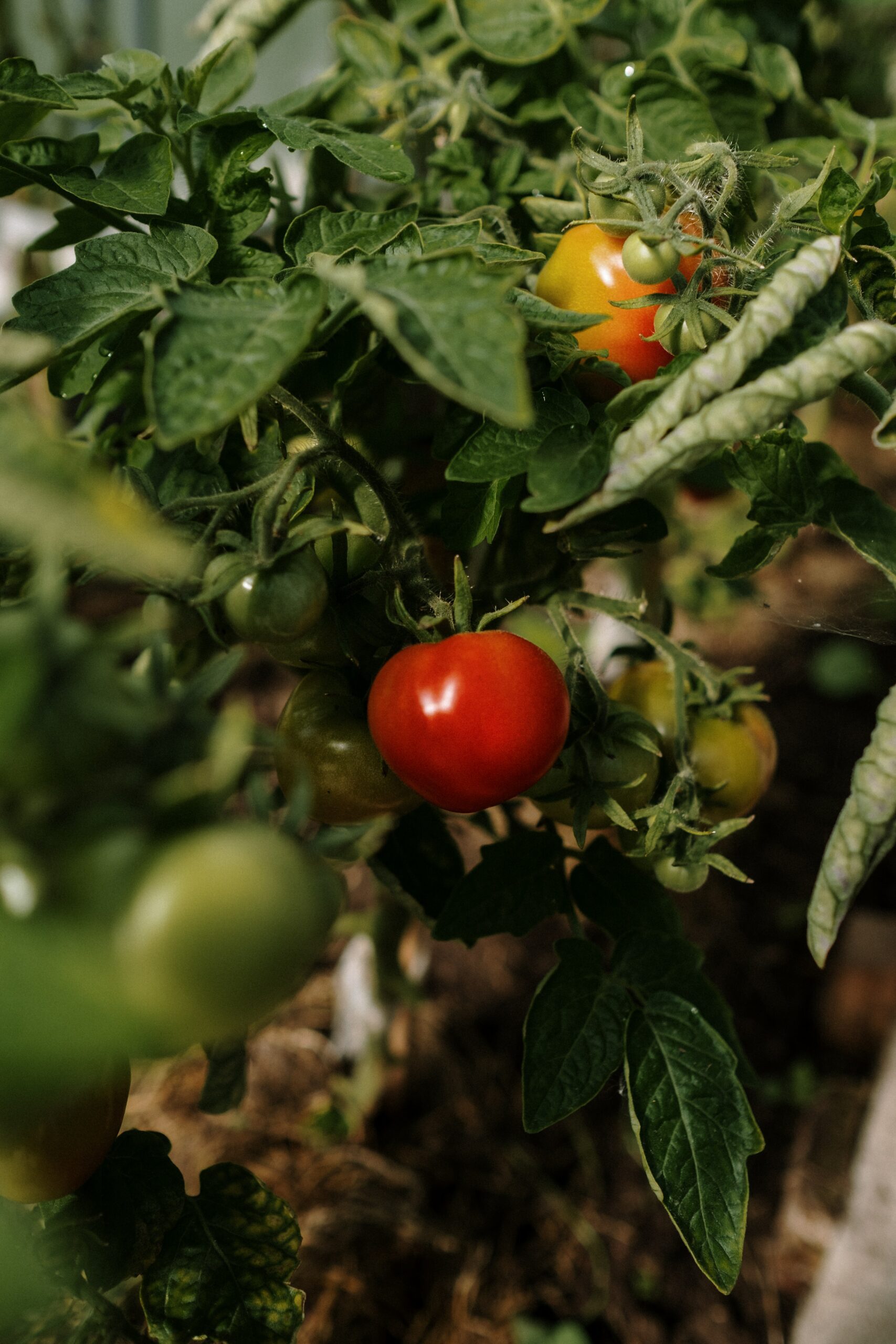For first-time gardeners or those new to Colorado, it’s helpful to understand a bit about our unique climate and growing conditions. Denver’s Climate & Elevation classifies as semi-arid high plain (Zone 6a). Although we receive 60 inches of snowfall per year in Denver, we only receive between 9-15 inches of precipitation usable for gardening.
We live at high elevation and enjoy over 300 days of sunshine with intense ultraviolet radiation annually. Gardening season in Denver runs from late March to late October. Please note, not all plants thrive in the same part of the season. Your seed packets will have specific information for each plant.
The average last frost in Denver is mid-May and the average first frost is mid-October. This determines the best times to sow seeds indoors or outdoors, depending on the crop and their preferred soil and air temperatures. It also guides us as to when to plant warm weather crops outside to avoid transplant shock and stunting due to temperature fluctuations and unexpected late-season snow.
Knowing when to plant or transplant will help you and your plants prepare for a successful growing season.
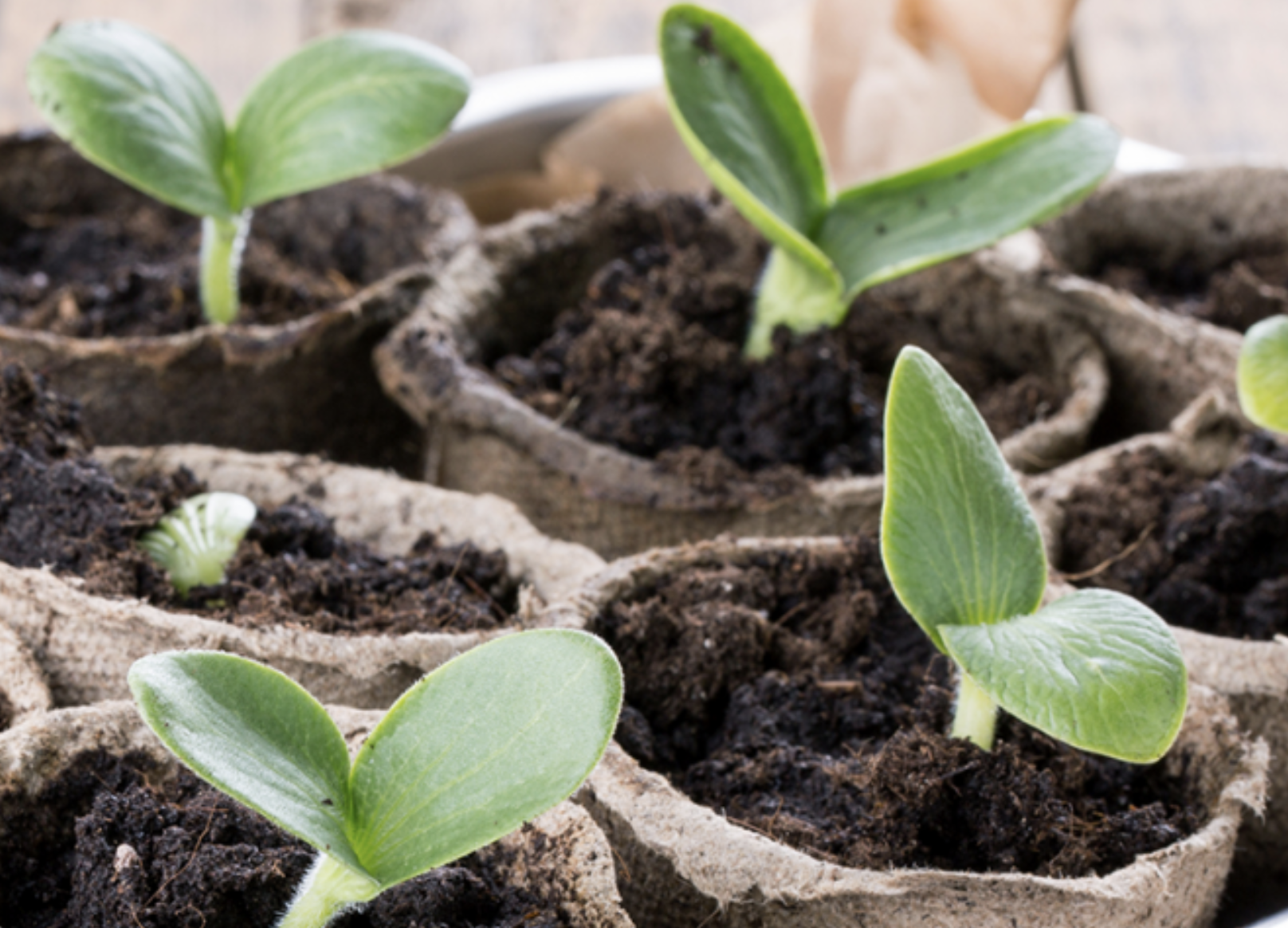
Review the chart to explore when to plant different vegetables. Note whether they are considered ‘cool weather’ or ‘warm weather’ crops as well as whether seeds should be started indoors or directly sown into the soil.
| Vegetable |
warm weather |
cool weather |
sow indoors |
sow outdoors |
Start Seeds and Transplant * *Weeks before or after last frost date | ||
| Bush Beans | • | • | 3-4 before | 1-2 after | |||
| Pole Beans | • | • | 3-4 before | 1-2 after | |||
| Beets | • | • | 2-4 before | ||||
| Broccoli | • | • | 5-8 before | 5-8 before | |||
| Brussel Sprouts | • | • | 5-8 before | 4-6 before | |||
| Cabbage | • | • | 4-6 before | 5 before | |||
| Carrots | • | • | • | 2-4 before | |||
| Cauliflower | • | • | 5-8 before | 1-2 before | |||
| Celery | • | • | 8-10 before | 2-3 before | |||
| Chard | • | • | • | 2-4 before | |||
| Corn | • | • | 3-4 before | 1-2 after | |||
| Cucumber | • | • | 2-3 before | 1-2 after | |||
| Eggplant | • | • | 6-8 before | 2-3 after | |||
| Garlic | • | • | 6 before | ||||
| Kale | • | • | 5 before, 2 after | ||||
| Kohlrabi | • | • | 5 before, 2 after | ||||
| Leeks | • | • | 8-10 before | 5 before | |||
| Lettuce | • | • | • | 2-4 before, 2 after | |||
| Onion | • | • | 3 before, 2 after | ||||
| Parsley | • | • | • | • | 4-6 before | 1-2 after | |
| Peas | • | • | 4-6 before, 2-3 after | ||||
| Peppers | • | • | 1-3 after | ||||
| Potatoes | • | • | 4-6 before | ||||
| Pumpkin | • | • | After frost | ||||
| Radish | • | • | • | 4-6 before | |||
| Spinach | • | • | • | 3-6 before | |||
| Squash, Summer | • | • | 1-4 after | ||||
| Squash, Winter | • | • | 2 after | ||||
| Tomatoes | • | • | 2-4 after | ||||
Planting and Harvesting Tips
Bush Beans: Sensitive to transplanting, pinch extra plants. Don’t pull them. Pick every 3-7 days.
Pole Beans: Sensitive to transplanting; pinch extra plants, don’t pull them. Pick every 3-7 days.
Beets: Thin when young and cook the tops as you would with other greens.
Broccoli: Keep cool to get stocky plants, but don’t go below 40° F. Transplant into beds up to first true leaves. Harvest the main head when buds begin to loosen. Side heads will form after the first head is cut.
Brussel Sprouts: Keep cool to get stocky plants, but don’t go below 40° F. Harvest sprouts when they are 1 ½” wide. Pick lower ones first.
Cabbage: Harvest when head is formed. Keep cool to get stocky but don’t go below 40° F.
Carrots: Thin early; harvest any size.
Cauliflower: Tie outer leaves around head to protect from sun. Likes weather between 57°- 68° F.
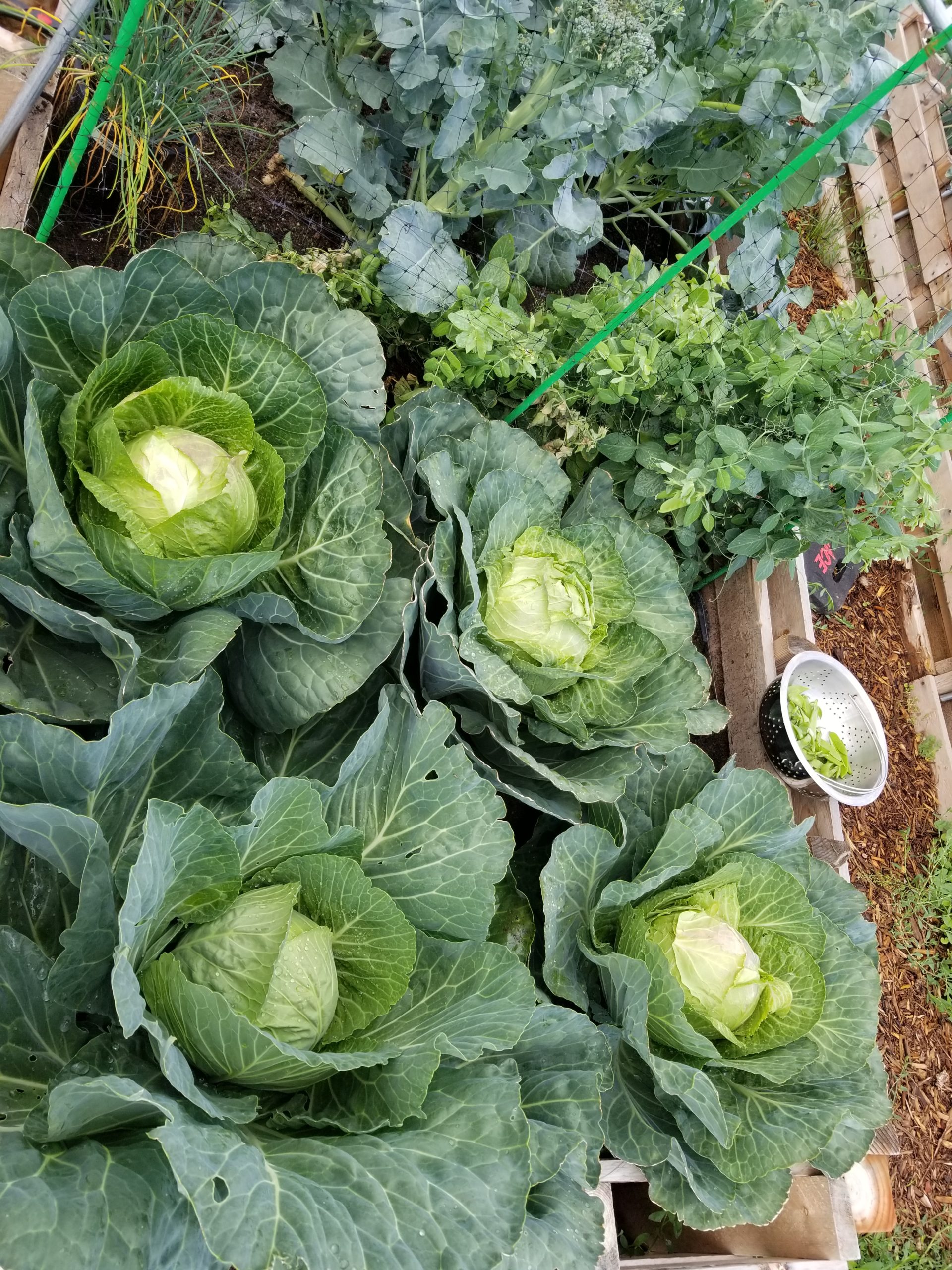
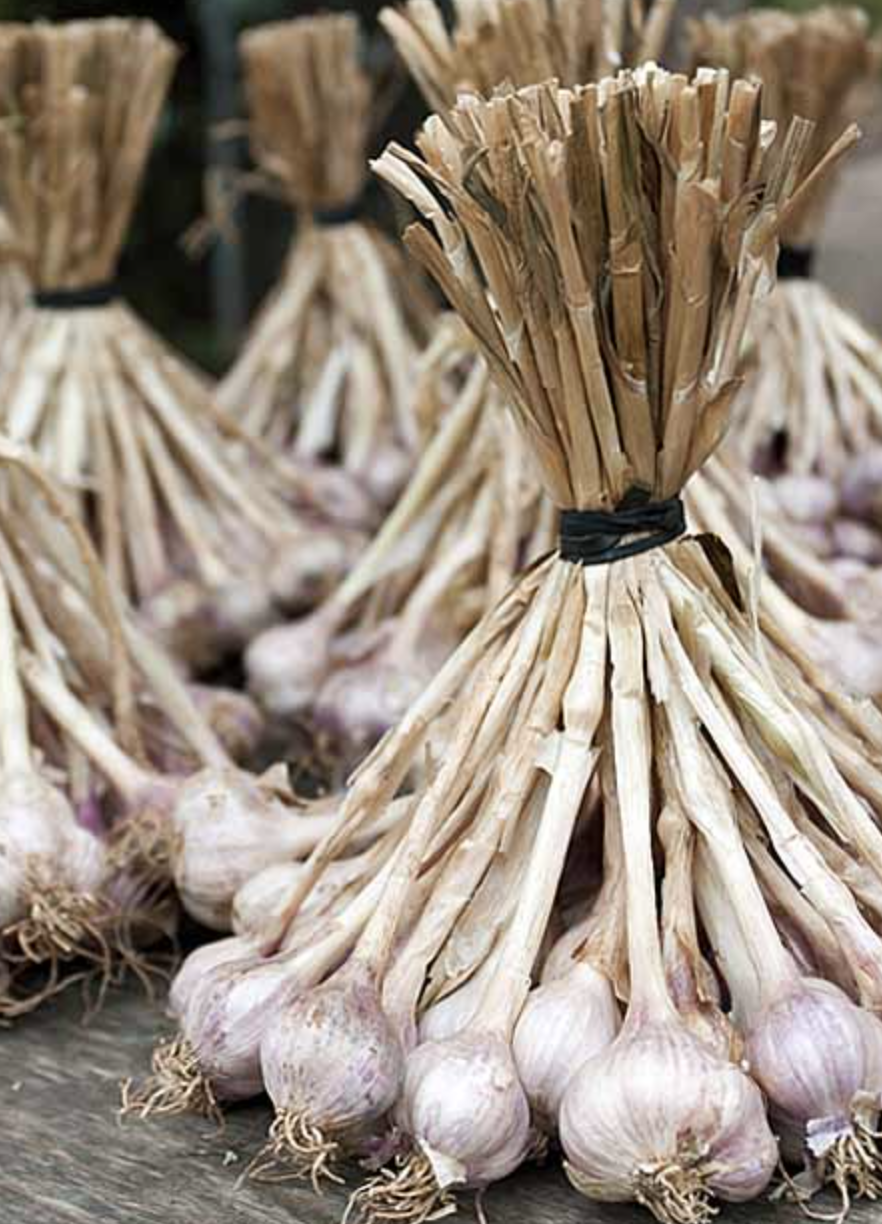
Celery: Must go below 60° F at night for seeds to germinate. Requires a lot of nutrients and water.
Chard: Cut leaves close to ground when 8-10” high. Harvest outer leaves first.
Corn: Sensitive to transplanting. Pinch extra plants. Plant in blocks; harvest when kernels are milky.
Cucumber: Somewhat sensitive to transplanting; pinch extra plants. Mound soil into hills; plant 3 seeds per hill.
Eggplant: Grows well in hot weather.
Garlic: Harvest when tops start to die.
Kale: Keep cool to get stocky plants, but not below 40° F. Cut outer leaves closer to the stem when 10” or longer.
Kohlrabi: Keep cool to get stocky plants, but not below 40° F. Harvest when the bulb is 3” in diameter.
Leeks: Keep cool to get stocky plants, but not below 40° F. Plant out when 4” high.
Lettuce: Keep cool to get stocky plants, but not below 40° F. Hard lettuce likes repotting. Plant successively every two weeks. Will go to seed in high temperatures. Harvest outer leaves of leaf lettuce vs. head.
Onion: Harvest when tips start to die back.
Parsley: Soak seeds overnight to speed germination. Cut outer leaves near the stem.
Peas: Sensitive to transplanting, pinch extra plants, don’t pull them. Harvest frequently.
Peppers: Sensitive to cold, harden off gradually. Green peppers turn red when ripe.
Potatoes: Very tender; cannot tolerate frost. Dig up with a digging fork after the tops have flowered.
Pumpkin: Sensitive to transplanting; Pinch, don’t pull plants. Plant in hills, 3-4 plants per hill, 6-8 ft. apart.
Radish: Plant every 10 days. Will get woody when over mature.
Spinach: Keep cool for stocky plants. Plant every 2 weeks. Will go to seed in hot weather.
Squash, Summer: Sensitive to transplanting; pinch extra plants, don’t pull them. Harvest frequently.
Squash, Winter: Sensitive to transplanting; pinch extra plants, don’t pull. Can store through the winter.
Tomatoes: Prefers warm days and cool nights.
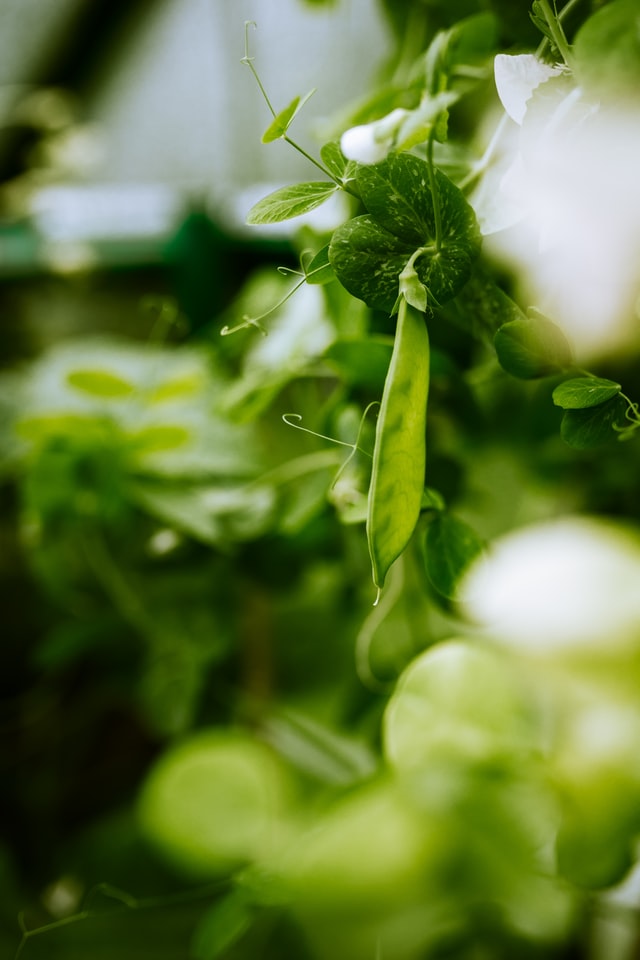
Adapted from Organic Gardening and Farming, February 1972, pp. 32-33, 54, and The Encyclopedia of Organic Gardening, Rodale Press, Inc., 1978, pp. 233-235.
Specific Planting Dates for Metro Denver
On average, metro Denver sees our last frost for the season somewhere between May 15th and May 25th. However, in Colorado, we often see unpredictable weather in late spring and early summer, including snow in June! The table below lists the approximate dates for safe planting of vegetable seeds and pre–started vegetable plants.
| Vegetable |
Approximate Safe Date |
| Artichokes | May 15 to May 25 |
| Asparagus from Seed | May 15 to May 25 |
| Asparagus from Crowns | April 1 to April 30 |
| Beans – Bush & Pole | May 15 to May 25 |
| Beans – Lima & Butter | May 15 to May 25 |
| Beets | May 4 to May 18 |
| Broccoli | April 20 to May 5 |
| Brussels Sprouts | April 20 to May 5 |
| Cabbage from pre–starts | April 20 to May 5 |
| Cantaloupe | May 15 to May 25 |
| Carrots | May 4 to May 18 |
| Cauliflower | April 20 to May 5 |
| Celery from pre–starts | May 4 to May 18 |
| Collard Greens | April 20 to May 5 |
| Corn | May 15 to May 25 |
| Cucumbers | May 15 to May 25 |
| Eggplant | May 15 to May 25 |
| Garlic | October/November |
| Kohlrabi | April 20 to May 5 |
| Leek | April 20 to May 5 |
| Lettuce | April 20 to May 5 |
| Mustard Greens | April 20 to May 5 |
| Okra | May 15 to May 25 |
| Onions for sets | April 1 to April 30 |
| Peas | April 20 to May 5 |
| Peppers | May 15 to May 25 |
| Potatoes | April 1 to April 30 |
| Potatoes – Sweet | May 15 to May 25 |
| Pumpkins | May 15 to May 25 |
| Radishes | May 4 to May 18 |
| Rhubarb | April 1 to April 30 |
| Rutabaga | April 20 to May 5 |
| Shallots | Plant in fall or April 20 to May 5 |
| Spinach | April 20 to May 5 |
| Strawberries from crowns | April 1 to April 30 |
| Squash | May 15 to May 25 |
| Tomatoes | May 15 to May 25 |
| Turnips | April 20 to May 5 |
| Watermelons | May 15 to May 25 |


